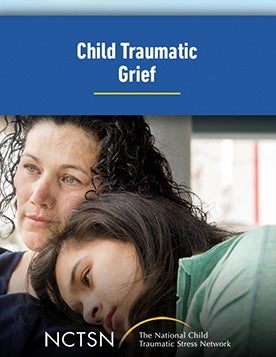
Supporting Military Children with Traumatic Grief
Provides an overview of issues specific to military culture and family life, describes two models for treating military children with traumatic grief, and highlights a service member's experience.
The following resources on Traumatic Grief were developed by the NCTSN.

Provides an overview of issues specific to military culture and family life, describes two models for treating military children with traumatic grief, and highlights a service member's experience.
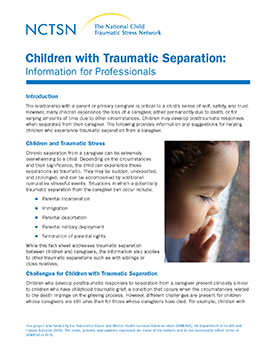
Provides information and suggestions for helping children who experience traumatic separation from a caregiver. This fact sheet describes how many children experience the loss of a caregiver, either permanently due to death, or for varying amounts of time due to other circumstances.
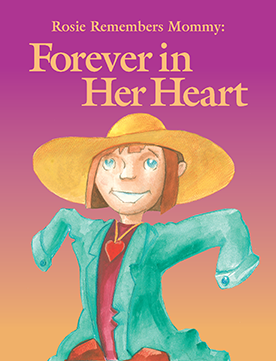
Illustrates how a parent can provide solace and support to a child after the death of a loved one.

Lists common reactions educators might see in the students with whom they work and suggestions on how they may help after community trauma.

Offers information on military children who are grieving the loss of a loved one. This tip sheet describes how military children dealing with trauma and grief responses may be feeling and what educators and school staff can do to help.
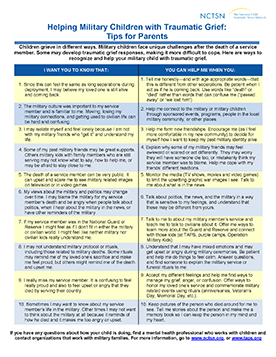
Offers information on military children who are grieving the loss of a loved one. This tip sheet describes how military children dealing with trauma and grief responses may be feeling and what parents can do to help.
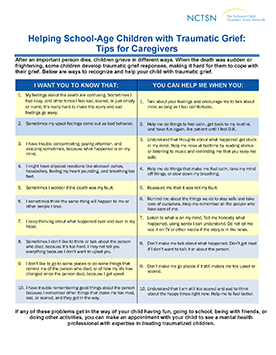
Describes how school-age children may feel when struggling with the death of someone close and offers tips on what caregivers can do to help.
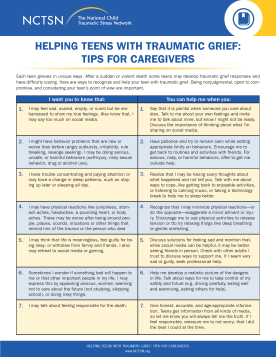
Describes how teens may feel when struggling with the death of someone close and offers tips on what caregivers can do to help.
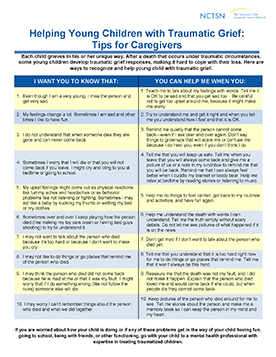
Outlines the feelings of young children struggling with the death of someone meaningful and offers suggestions on what caregivers can do to help.
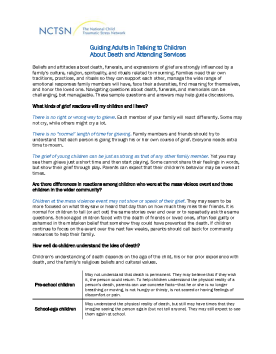
Provides ways to navigate questions about death, funerals, and memorials for children. This fact sheet discusses this challenging, but manageable, task and includes sample questions and answers to help guide discussions.
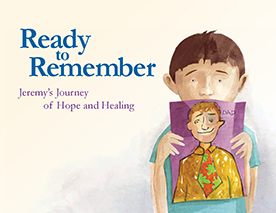
Tells the story of a 10-year-old boy's experience following the tragic death of his father. Jeremy is having a traumatic reaction and struggling at school and at home.
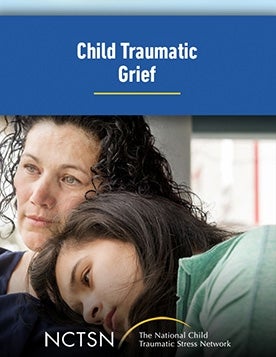
Discusses various topics related to childhood traumatic grief. This webinar series offers information on common reactions after loss, as well as responses that are more severe, prolonged, and interfere with a child's functioning.